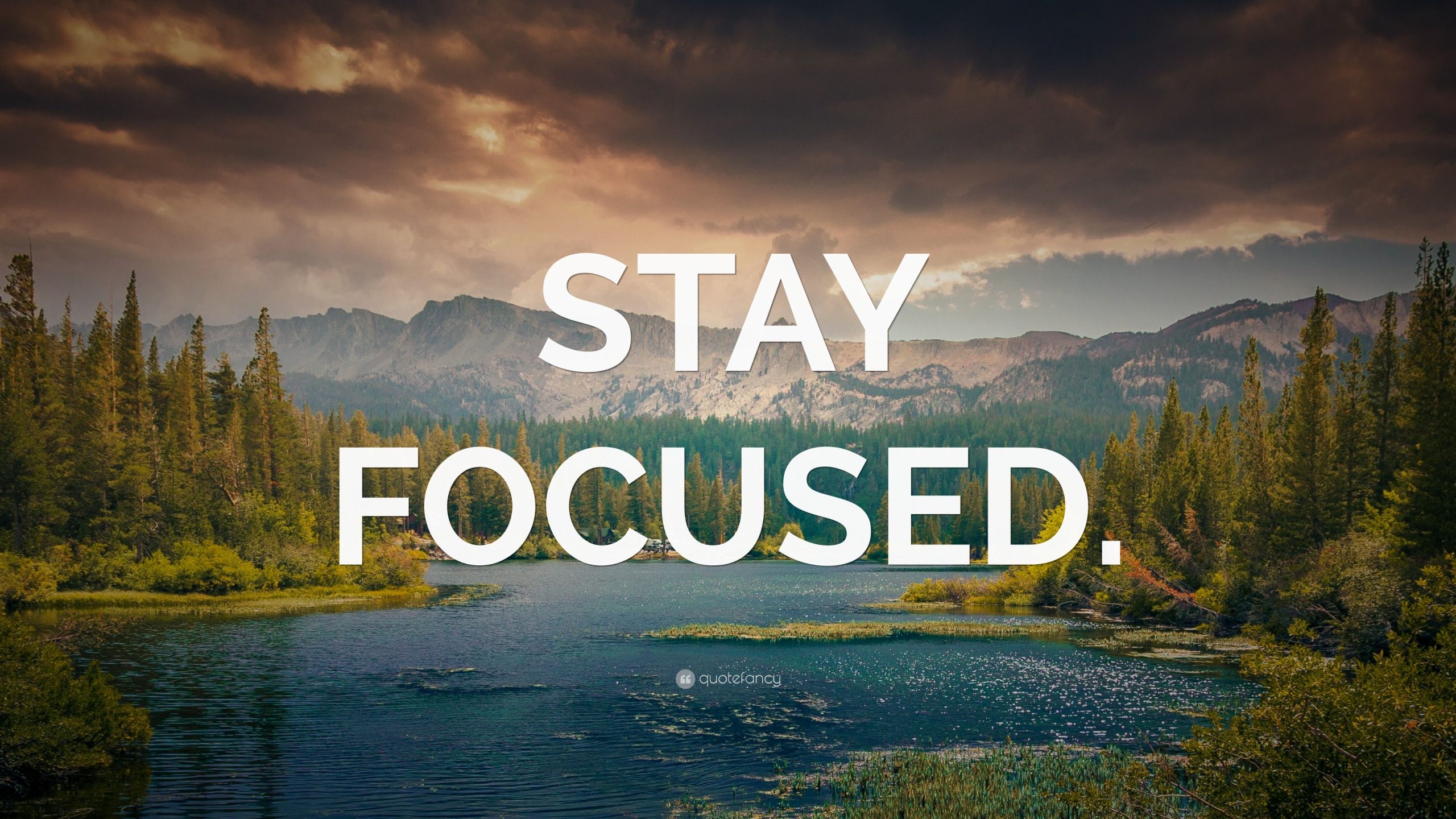
The United Kingdom, a captivating archipelago steeped in history, diverse landscapes, and a vibrant modern culture, offers an unparalleled travel experience. From the bustling metropolises of London and Edinburgh to the serene rolling hills of the Cotswolds and the rugged coastlines of Scotland, there’s a corner of this island nation to enchant every traveler. Deciding "where to stay" is often the first, and perhaps most exciting, step in planning a journey through this land of kings, poets, and innovators. This comprehensive guide will navigate you through the UK’s top attractions, delve into its rich history, equip you with essential travel tips, explore accommodation options, transportation networks, and pinpoint the best times to visit.
A Glimpse into the Past: The Enduring Allure of British History
The UK’s history is a sprawling epic, a narrative woven from ancient Celtic tribes, Roman legions, Anglo-Saxon kingdoms, Viking invasions, Norman conquests, and the rise and fall of a global empire. This layered past is etched into its very fabric, evident in the imposing castles, ancient ruins, grand stately homes, and historic city centers.

Related Articles about A Tapestry of Time and Tradition: Where to Stay and What to Experience in the United Kingdom:
- Beyond the Hallyu Wave: A Comprehensive Guide to Experiencing the Magic of South Korea
- Bula! Your Ultimate Guide to Traveling in the Heart of the South Pacific
- The Azure Dream on a Budget: Unlocking Affordable Escapes to the Maldives
- London Beckons: Your Comprehensive Guide to an Unforgettable Journey
- Santiago: A City of Contrasts, Culture, and Captivating Views
Key Historical Threads:
- Prehistory: Evidence of human habitation stretches back millennia, with iconic sites like Stonehenge whispering tales of Neolithic rituals.
- Roman Britain: The Romans left their mark with Hadrian’s Wall, well-preserved villas, and the foundations of many modern cities.
- Anglo-Saxon and Viking Eras: These periods shaped the English language and laid the groundwork for the nation’s identity.
- The Norman Conquest (1066): A pivotal moment that introduced feudalism, French influence, and the construction of numerous castles, many of which still stand today.
- The Tudor Dynasty: A golden age of exploration, the English Renaissance, and the reign of powerful monarchs like Henry VIII and Elizabeth I.
- The Industrial Revolution: Transforming Britain into a global powerhouse and leaving behind impressive industrial heritage sites.
- The British Empire: A period of immense global influence, shaping the political and cultural landscape of much of the world.
- World Wars and Modern Britain: The resilience and evolution of the nation through significant global conflicts and its subsequent redefinition in the 20th and 21st centuries.

Where to Stay: A Kaleidoscope of Destinations and Attractions
The UK offers a dizzying array of places to stay, each with its unique charm and appeal. Here’s a breakdown of some of the most popular regions and their star attractions:
1. London: The Global Metropolis
- What to Expect: A vibrant, cosmopolitan hub pulsating with energy, offering world-class museums, iconic landmarks, diverse culinary scenes, and endless entertainment.
- Top Attractions:
- Westminster Abbey & Houses of Parliament: Immerse yourself in British democracy and royal history.
- Buckingham Palace: Witness the Changing of the Guard and feel the grandeur of the monarchy.
- Tower of London: Explore centuries of royal intrigue, see the Crown Jewels, and meet the Beefeaters.
- British Museum: A treasure trove of global artifacts, from Egyptian mummies to the Rosetta Stone.
- National Gallery: Admire masterpieces of European painting.
- Tate Modern: Experience cutting-edge contemporary art in a striking former power station.
- West End Theatres: Catch a world-renowned musical or play.
- Hyde Park & Kensington Gardens: Escape the urban bustle in these expansive green spaces.
- Covent Garden: Enjoy street performers, boutique shops, and lively markets.
- History: London’s history is intertwined with that of England itself, from its Roman origins as Londinium to its role as the heart of a vast empire.
- Accommodation Options: From luxury hotels in Mayfair and Knightsbridge to trendy boutique hotels in Shoreditch and budget-friendly hostels in Earl’s Court, London caters to all budgets. Consider serviced apartments for longer stays.
- Best Time to Visit: Spring (April-May) for pleasant weather and fewer crowds, or Autumn (September-October) for vibrant foliage and cultural events. Summer is popular but can be crowded and expensive.
2. Edinburgh, Scotland: The Majestic Capital
- What to Expect: A city of dramatic beauty, with its imposing castle perched on a volcanic rock, medieval Old Town, elegant Georgian New Town, and a rich cultural heritage.
- Top Attractions:
- Edinburgh Castle: A historic fortress dominating the city skyline, offering breathtaking views and centuries of stories.
- Royal Mile: The historic spine connecting the castle to the Palace of Holyroodhouse, lined with shops, pubs, and historic buildings.
- Palace of Holyroodhouse: The Queen’s official residence in Scotland, steeped in royal history.
- Arthur’s Seat: An ancient volcano offering panoramic city views.
- National Museum of Scotland: Discover Scotland’s history, culture, and natural heritage.
- The Scotch Whisky Experience: A journey into the world of Scotland’s national drink.
- Princes Street Gardens: A beautiful green oasis in the city center.
- History: Edinburgh’s history is a tapestry of medieval intrigue, Enlightenment intellectualism, and Jacobite rebellions.
- Accommodation Options: Elegant hotels in the New Town, charming guesthouses in the Old Town, and modern apartments.
- Best Time to Visit: Summer (August) for the world-famous Edinburgh Fringe Festival, but be prepared for crowds and book well in advance. Spring and Autumn offer a more relaxed experience with beautiful scenery.
3. The Cotswolds, England: Quaint Villages and Rolling Hills
- What to Expect: A designated Area of Outstanding Natural Beauty, characterized by picturesque honey-colored stone villages, rolling green hills, and tranquil countryside.
- Top Attractions:
- Bourton-on-the-Water: Known as the "Venice of the Cotswolds" with its charming bridges over the River Windrush.
- Stow-on-the-Wold: A historic market town with a picturesque market square and ancient churches.
- Bibury: Famous for Arlington Row, a row of weavers’ cottages dating back to the 17th century.
- Chipping Campden: A beautifully preserved market town with a grand market hall.
- Sudeley Castle: A historic castle with beautiful gardens, once home to Katherine Parr.
- Blenheim Palace (nearby): A magnificent Baroque palace and UNESCO World Heritage site, birthplace of Winston Churchill.
- History: The Cotswolds were historically a prosperous wool-producing region, evident in the grand churches and market towns.
- Accommodation Options: Cozy country pubs with rooms, charming bed and breakfasts, boutique hotels, and self-catering cottages.
- Best Time to Visit: Spring (April-May) for blooming wildflowers and milder weather, or Summer (June-August) for long days and vibrant gardens. Autumn offers beautiful foliage.
4. The Lake District, England: Majestic Scenery and Outdoor Adventures
- What to Expect: A breathtaking national park renowned for its stunning mountains (fells), crystal-clear lakes, and charming villages, offering endless opportunities for hiking, boating, and exploring.
- Top Attractions:
- Lake Windermere: England’s largest lake, perfect for boat trips and watersports.
- Scafell Pike: England’s highest mountain, a challenging but rewarding hike.
- Grasmere: A picturesque village once home to the poet William Wordsworth.
- Keswick: A vibrant market town at the northern end of Derwentwater, a gateway to many outdoor activities.
- Hadrian’s Wall (nearby): Explore sections of this ancient Roman frontier.
- Beatrix Potter’s Hill Top Farm: Visit the former home of the beloved children’s author.
- History: The Lake District has inspired poets and artists for centuries, with a history tied to sheep farming and quarrying.
- Accommodation Options: Traditional inns, lakeside hotels, cozy B&Bs, and self-catering cottages.
- Best Time to Visit: Late Spring to early Autumn (May-September) for the best weather for outdoor activities. Be prepared for changeable conditions at any time of year.
5. Cornwall, England: Rugged Coastlines and Picturesque Harbors
- What to Expect: A peninsula in southwest England known for its dramatic coastline, golden beaches, charming fishing villages, and a unique Celtic heritage.
- Top Attractions:
- St Ives: A vibrant artistic hub with beautiful beaches and a thriving art scene.
- Eden Project: A world-renowned botanical garden housed in enormous biomes.
- Land’s End: The westernmost point of mainland England, offering spectacular ocean views.
- Tintagel Castle: A legendary clifftop castle associated with King Arthur.
- Padstow: A popular fishing port and foodie destination.
- Eden Project: A unique botanical garden set in a former china clay pit.
- History: Cornwall’s history is rich with tales of smugglers, pirates, tin mining, and ancient folklore.
- Accommodation Options: Coastal hotels, seaside cottages, charming guesthouses, and campsites.
- Best Time to Visit: Summer (June-August) for the warmest weather and beach activities, but it can be very busy. Spring and Autumn offer a more tranquil experience with beautiful scenery.
6. The Scottish Highlands: Wild Beauty and Ancient Legends
- What to Expect: A vast and sparsely populated region of dramatic mountains, deep glens, shimmering lochs (including Loch Ness), and a rugged, untamed beauty.
- Top Attractions:
- Loch Ness: Famous for its legendary monster, offering boat tours and stunning scenery.
- Isle of Skye: A breathtaking island with iconic landscapes like the Old Man of Storr and the Quiraing.
- Ben Nevis: The UK’s highest mountain, a challenging climb for experienced hikers.
- Glencoe: A dramatic valley with a tragic history, renowned for its majestic scenery.
- Cairngorms National Park: The largest national park in the UK, offering opportunities for hiking, wildlife spotting, and winter sports.
- Eilean Donan Castle: One of Scotland’s most iconic castles, situated on a small island.
- History: The Highlands are steeped in clan history, Jacobite rebellions, and ancient myths and legends.
- Accommodation Options: Remote country lodges, cozy B&Bs, traditional hotels, and self-catering croft houses.
- Best Time to Visit: Summer (June-August) for the best chance of good weather and longer daylight hours. Be prepared for midges during warmer months. Spring and Autumn offer stunning autumnal colors and a more peaceful experience.
Travel Tips for Your UK Adventure
- Currency: The currency is the Pound Sterling (£). Credit and debit cards are widely accepted, but it’s wise to have some cash for smaller purchases.
- Language: English is the official language. While accents vary greatly, communication is generally easy.
- Electrical Plugs: The UK uses Type G plugs (three rectangular pins). You’ll need an adapter if your devices use a different plug type. Voltage is 230V.
- Tipping: Tipping is not mandatory but is appreciated for good service. In restaurants, 10-15% is customary if service isn’t included. For taxis, rounding up the fare is common.
- Etiquette: Be punctual, queue patiently, and be mindful of noise levels, especially in residential areas.
- Weather: The UK weather is notoriously unpredictable. Pack layers and be prepared for rain at any time of year. An umbrella and waterproof jacket are essential.
- Book in Advance: For popular attractions, accommodations, and transportation, especially during peak season, booking in advance is highly recommended.
Accommodation Options: A Haven for Every Traveler
The UK offers a diverse range of accommodation to suit every taste and budget:
- Hotels: From luxurious five-star establishments in major cities to charming boutique hotels in the countryside, hotels provide comfort and convenience.
- Bed & Breakfasts (B&Bs) / Guesthouses: Offer a more personal touch, often family-run, providing a cozy atmosphere and a hearty breakfast.
- Self-Catering Cottages / Apartments: Ideal for families, groups, or longer stays, offering independence and the ability to cook your own meals.
- Hostels: A budget-friendly option, particularly popular with solo travelers and backpackers, offering dormitory-style rooms and shared facilities.
- Country Pubs with Rooms: Combine the charm of a traditional pub with comfortable overnight accommodation, often offering delicious local food.
- Unique Stays: Consider glamping, historic castles, or shepherd’s huts for a truly memorable experience.
Getting Around the UK: A Well-Connected Nation
The UK boasts an excellent transportation network, making it easy to explore the country:
- Trains: The rail network is extensive and efficient, connecting most major towns and cities. Companies like National Rail Enquiries can help you plan journeys and book tickets. Booking in advance often secures cheaper fares.
- Buses / Coaches: National Express and Megabus offer affordable long-distance bus services, a good option for budget travelers.
- Driving: Renting a car provides flexibility, especially for exploring rural areas. Remember that the UK drives on the left. Be aware of congestion charges in some cities and the cost of parking.
- Air Travel: Domestic flights connect major cities, but for shorter distances, trains are often more convenient and environmentally friendly.
- Ferries: Essential for reaching islands like the Isle of Wight, Scotland’s islands, and for cross-channel travel to Europe.
- Public Transport within Cities: Most cities have comprehensive bus networks, and major cities like London, Manchester, and Glasgow have underground (Tube) or subway systems. Taxis and ride-sharing services are also readily available.
The Best Time to Visit the UK: Embracing the Seasons
The UK can be visited year-round, with each season offering a distinct charm:
- Spring (April-May): Pleasant temperatures, blooming flowers, fewer crowds than summer, and longer daylight hours. Ideal for city breaks and exploring the countryside.
- Summer (June-August): The warmest months with the longest daylight hours, perfect for outdoor activities, festivals, and beach holidays. However, it’s also the busiest and most expensive time.
- Autumn (September-October): Beautiful foliage, crisp air, and fewer crowds. Ideal for scenic drives, hiking, and enjoying cozy pubs.
- Winter (November-March): Colder temperatures, shorter days, and a chance of snow, especially in Scotland. The festive season brings a magical atmosphere to cities with Christmas markets and lights. It’s a good time for cultural attractions and cozy escapes.
In conclusion, the United Kingdom is a destination that rewards exploration with its rich tapestry of history, diverse landscapes, and vibrant culture. Whether you dream of exploring ancient castles, hiking through majestic mountains, or immersing yourself in the buzz of a global city, your perfect stay awaits. By understanding the historical context, considering your accommodation preferences, and planning your transportation, you’re well on your way to crafting an unforgettable journey through this captivating island nation.





